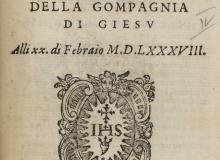Nagasaki

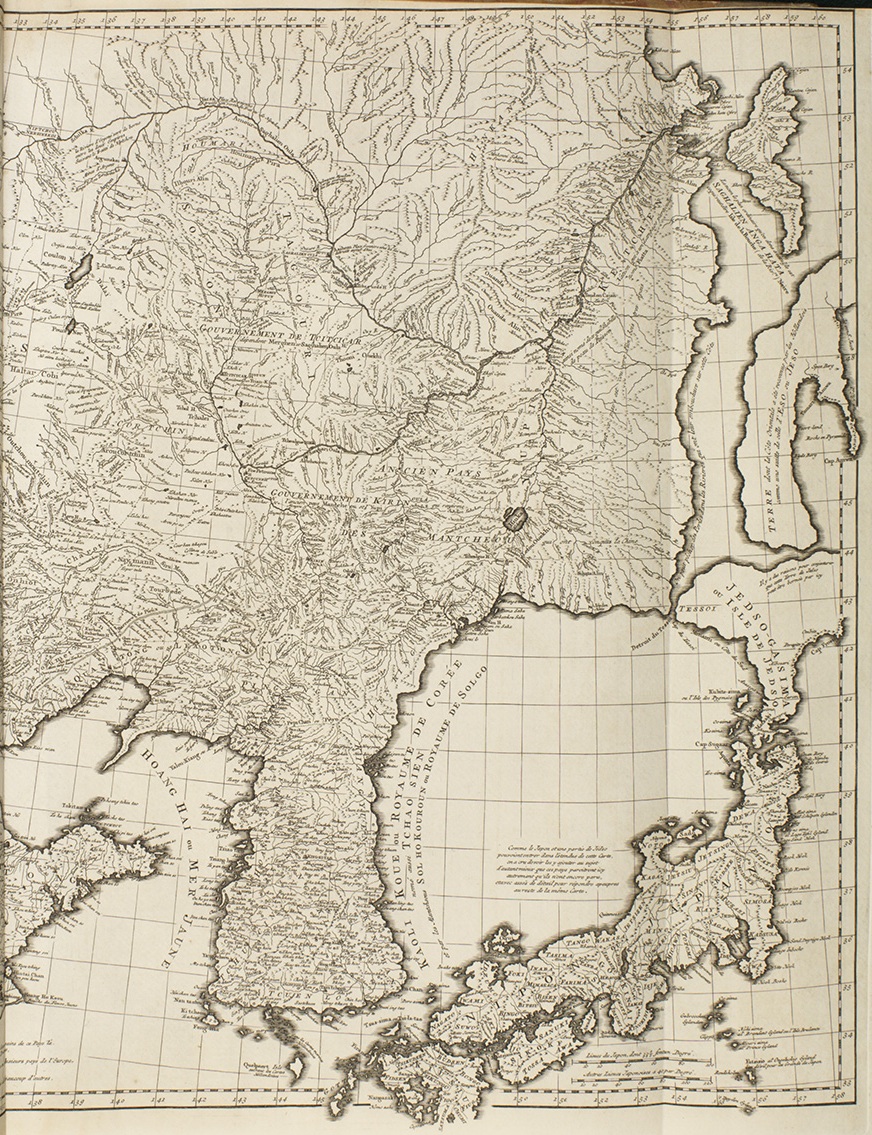

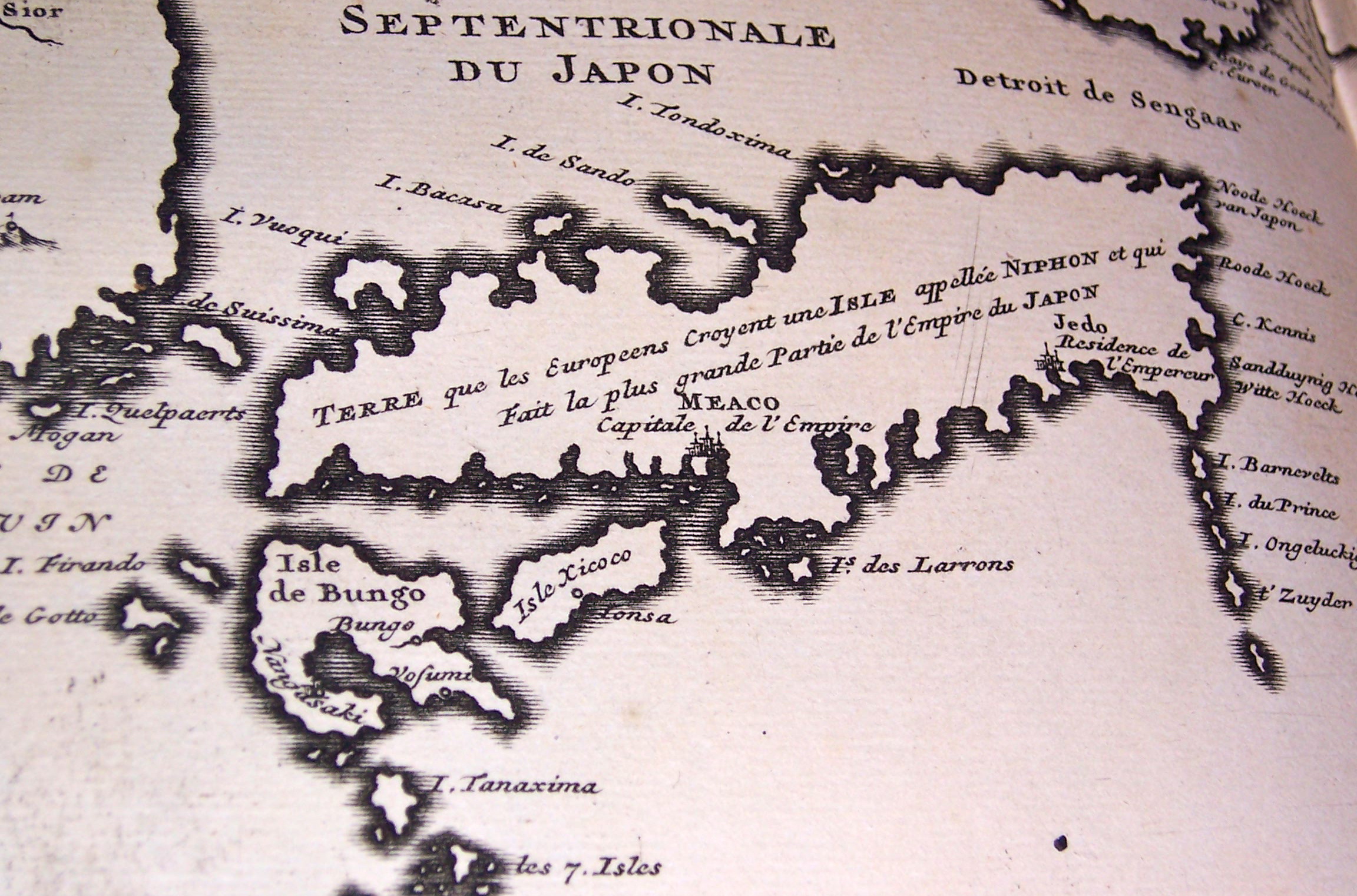

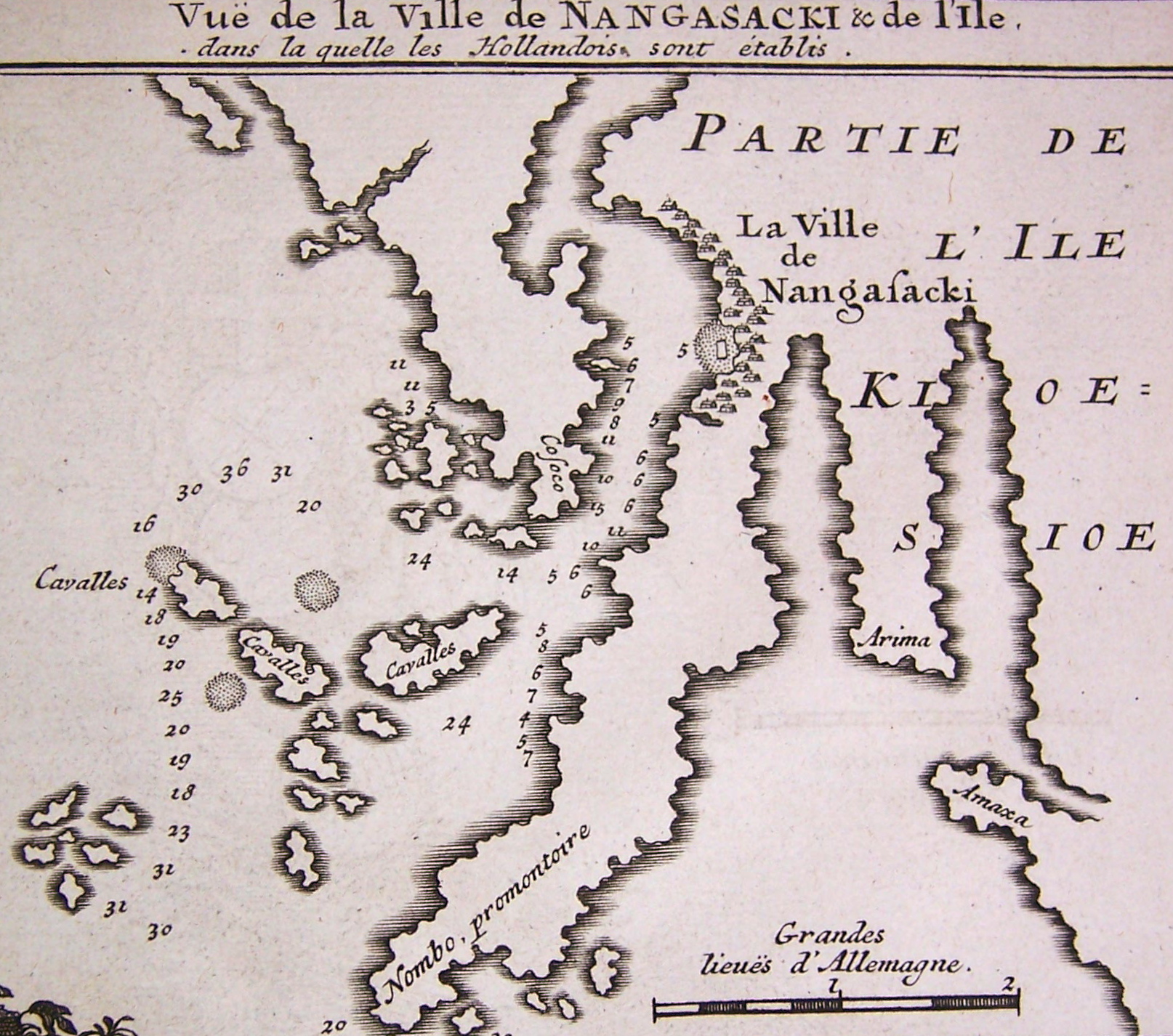

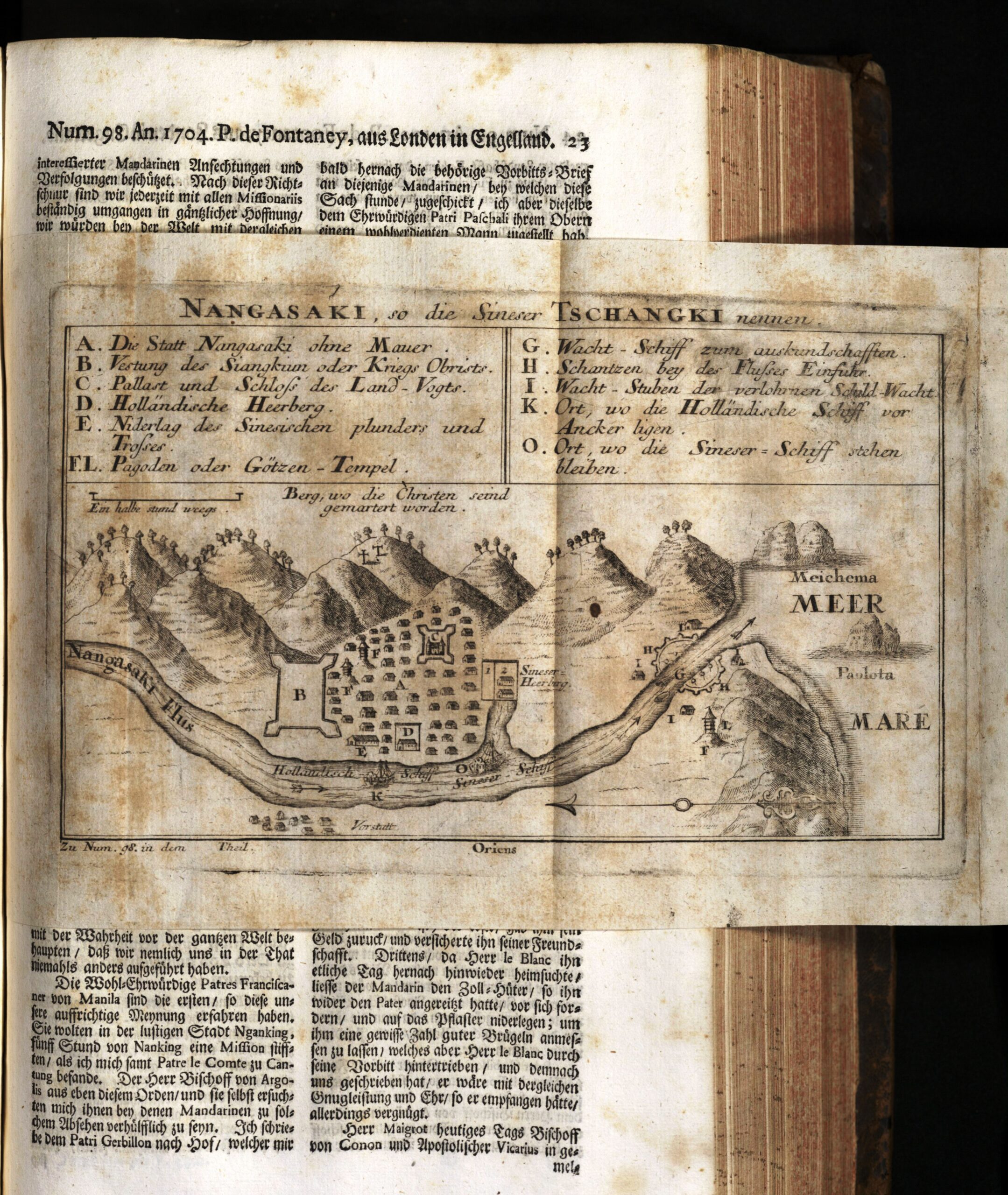

Nagasaki holds a significant place in the history of east-west cultural exchange. Due to its location on the western edge of the Japanese island of Kyushu, nearest to Korea and China, it was the port at which Portuguese and then later Dutch vessels arrived seeking commerce with Japan. After the arrival of Portuguese traders in the middle of sixteenth century it developed rapidly from being a smaller fishing village into a strategic and thriving port. The local Japanese ruler allowed Portuguese vessels to stay in the harbor and their presence increased the vitality of the trade there. The arrival of the Jesuits also meant that this part of southern Japan rapidly developed a sizable Christian population.
The policy of openness came to a halt at the end of the sixteenth century, however, from 1587 onwards. At this time the strongest of the Japanese daimyo, Toyotomi Hideyoshi (who was seeking to unify Japan and bring a period of civil war to an end), banned Christianity, although for some years this was not strictly enforced. In 1596, however, Hideyoshi thought that the Portuguese and Spanish Christian missionaries and traders, as well as the Japanese Christians themselves, posed a threat to his military rule and so he ordered the execution of 26 Christians at Nagasaki.
The movement towards total suppression of Christianity also combined with the last events in the unification of Japan – specifically the Shimabara Uprising of 1637 – and at the end of this Catholics were expelled, and the religion was banned outright. This time the ban was rigorously enforced. Catholics in Nagasaki proceeded to worship in secret, and the right to trade was exclusively handed over to the Dutch, who now lived in a specially created island in the port of Nagasaki, called Dejima or Deshima. Between this time and the 1850s, Japan entered a self-imposed period of exclusion, although in addition to Nagasaki, trade still occurred with the outside world through Korea to the west, Russia to the north and the Ryukus Islands to the south.
Related Items
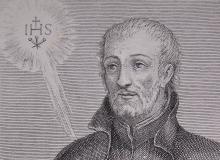
Alessandro Valignano (1539-1606) was an Italian Jesuit priest and the architect of the missions in the east. He was Ricci’s novice master.

